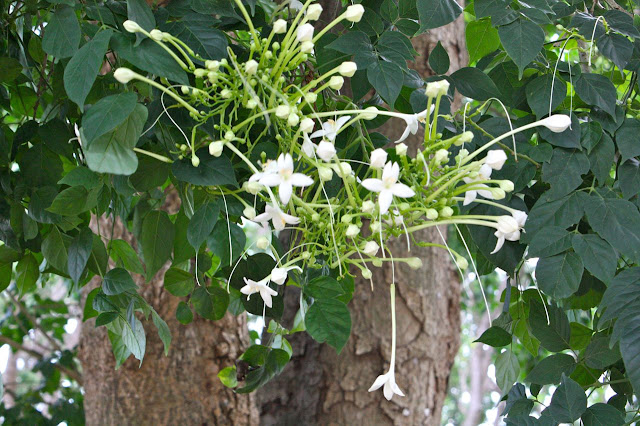I took this photograph from the roof of Elmina castle. What was before the camera is in stark contrast to what was behind and below. The tranquil blue of the Gulf of Guinea, the soft colours atop the whitewash and the rounded plaster of the fortifications tell us nothing of the real history and purpose of this creation.
Despite the name, the castle is really a fort. Many forts were built along the coastline of what is now Ghana (and its neighbours). Typically these housed armed garrisons, a governor and other official representatives of some European nation, and the support staff. They also housed, over the years, tens of thousands of captured Africans, bound for the West Indies, the Americas, Europe, and even the East.
Below where I stand are the separate dungeons for men and women, the rooms where punishment and death were meted out and where women were selected for rape, and the passageway to awaiting ships.
The weekend in Elmina was full of these contradictions: modern poverty and a luxurious resort, putrefied garbage and hot showers, hand pushed carts and and air conditioned buses, tranquil views and damp dungeons.



















































